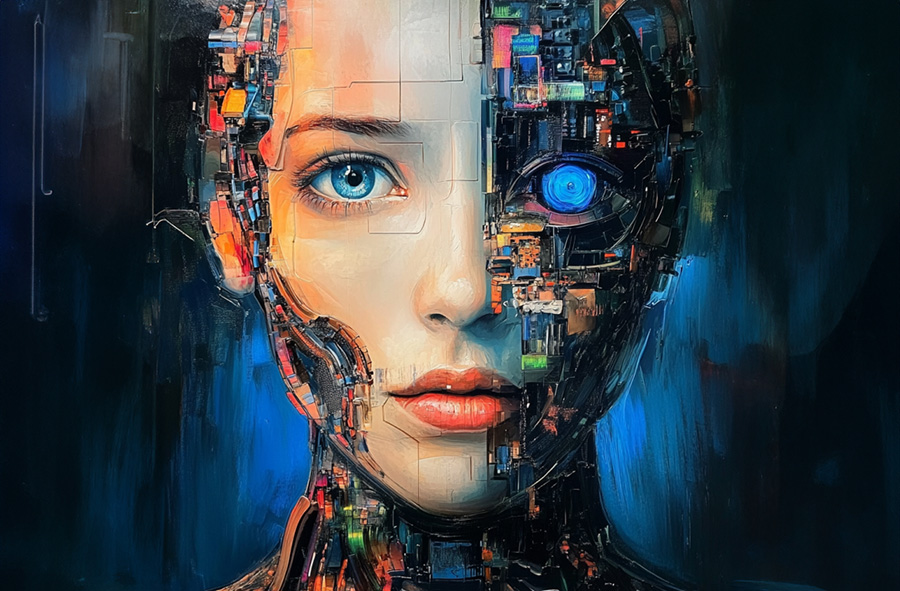When Human-like Gets Too Human: The Uncanny Valley Effect
Imagine you’re watching a movie. A humanoid robot appears—its movements are fluid, its eyes blink, its mouth forms words—but something feels off. You can’t quite put your finger on it, but the discomfort is real. That uneasy feeling? You’ve just stepped into what’s known as The Uncanny Valley.
Described as the repulsed, eerie reaction experienced when people observe human-looking simulations, the term arose in 1970 when Japanese roboticist Masahiro Mori introduced it in a scientific paper. His observation? As robots (or digital representations) become more human-like in appearance and behavior, they become more unsettling, not less.
The Many Faces of the Valley
This phenomenon isn’t confined to the lab. We’ve all experienced it across different domains:
- Robotics: Robots with too-real skin or unnatural blinking patterns.
- Computer-generated characters: Think video game cutscenes or animated films that almost nail the human look—but miss by a hair.
- Hyper-realistic dolls and avatars: Lifelike but lifeless.
- Advanced AI simulations: Digital agents mimicking human speech and expressions just a bit too closely.
At first glance, these entities might seem impressive—even fascinating. But the closer they edge toward true human likeness without getting it exactly right, the more they provoke discomfort. It’s like a mask that looks too real. Our brains sense something’s not quite authentic, and it rattles us.
The Psychological Backlash Against Progress
Why does this matter? Because our psychological response to these eerie near-humans doesn’t stay neatly inside the lab or theater—it spills over into how we view artificial intelligence overall.
The way we perceive something, internalize it, and ultimately believe it to be—whether accurate or not—deeply influences how we engage with it. And while we’re not casually strolling past humanoid robots on the sidewalk (yet), the discomfort associated with The Uncanny Valley can become a mental block toward accepting and advancing AI more broadly.
Choosing Our Path: Fear or Forward Momentum?
We’ll inevitably traverse valleys and peaks as AI evolves. The key is to recognize AI for what it truly is: a powerful computational system trained on vast datasets to analyze, simulate, and solve complex problems—not a lurking sci-fi character waiting to replace humanity.
From healthcare breakthroughs to creative collaboration, scientific modeling, and daily convenience tools, AI’s potential to improve life is immense. But if we allow discomfort and misconception to dominate the narrative, we risk halting innovation in fear of phantoms.
Here’s the twist: the eeriness from The Uncanny Valley is psychological. But choosing to resist progress because of misunderstanding? That’s arguably more eerie. And perhaps something we should be even more repulsed by.
